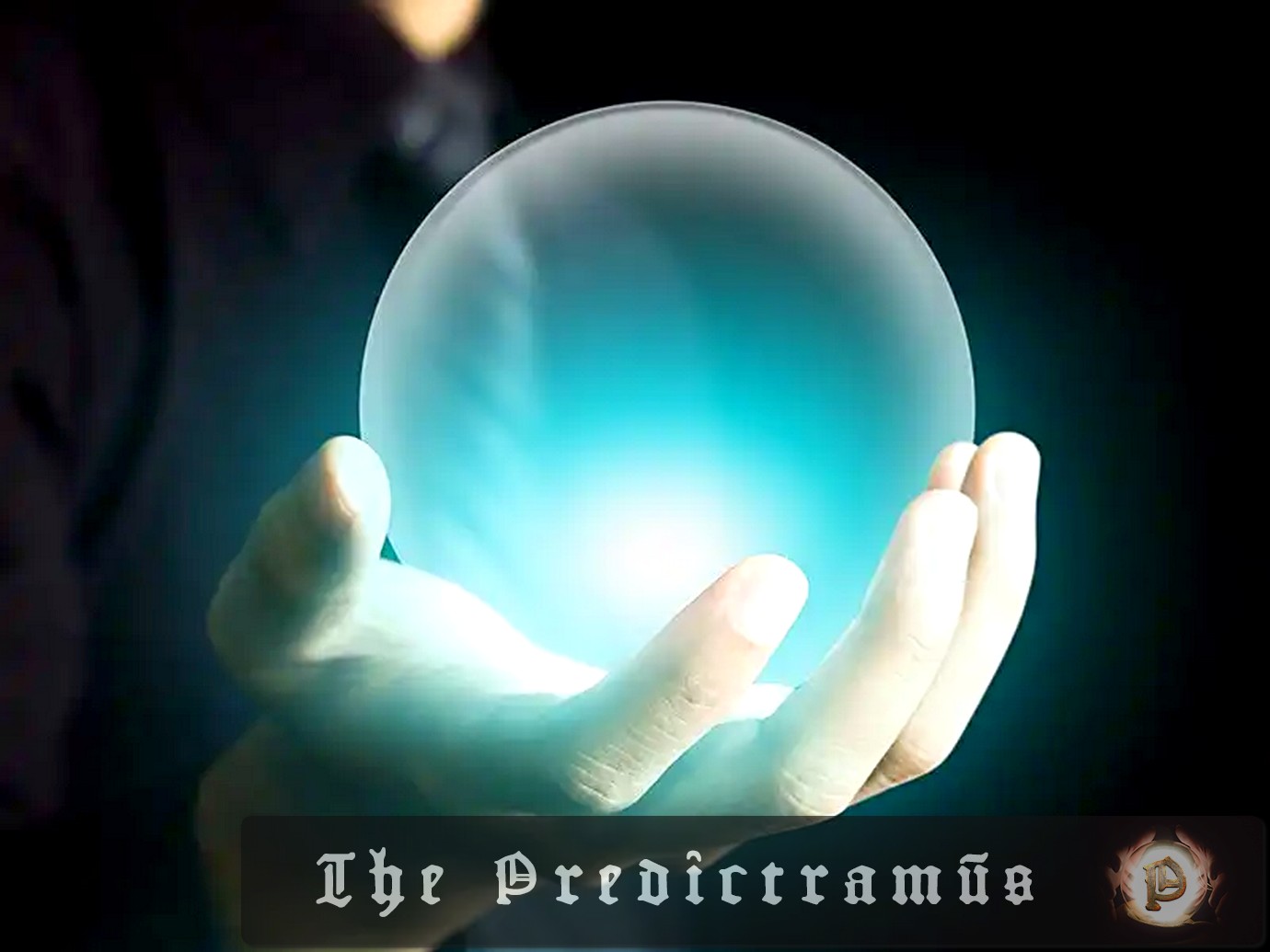Researchers at Danmarks Tekniske Universitet (DTU) have successfully created the acoustic equivalent of a rainbow, a structure that spatially decomposes sound into its component frequencies in free space. This breakthrough was made possible by an advanced structural design technique and could lead to the development of devices tailored to emit or receive specific frequencies of…
Physics on The Soothsayer / page 3
Scientists at the University of Oxford and Sorbonne University have proposed a groundbreaking theory that black holes could be used as cosmic particle accelerators, producing energies hundreds of times higher than those reached in existing colliders. This phenomenon could lead to the detection of gamma rays and ultrahigh-energy neutrinos, offering a new approach to observations…
A recent experiment at the University of Twente in the Netherlands has sparked debate among physicists regarding the interpretation of quantum mechanics. The study, which measured the quantum tunnelling of photons between two waveguides, produced results that are hard to reconcile with certain deterministic interpretations of quantum mechanics. The findings have reignited the discussion on…
Researchers at Linköping University in Sweden have made a significant breakthrough in the development of smart optical metasurfaces. By fine-tuning the spacing between arrays of nanoantennae on a polymer metasurface, they have generated nonlocal electromagnetic coupling, vastly strengthening the metasurface’s optical responses. This achievement has the potential to revolutionize the field of smart optical devices,…
Researchers at Helmholtz Munich and the Technical University of Munich have developed a revolutionary microscope, dubbed the “QIScope,” which uses a quantum image sensor to detect extremely low levels of light from biological cells. This innovation enables the observation of delicate biostructures in greater detail and over longer periods without damaging them. The QIScope has…
Researchers at Chalmers University of Technology in Sweden and the University of Auckland in New Zealand have developed an ultrathin bioelectric implant that improved movement in rats with spinal cord injuries. The implant uses a low-frequency pulsed electric field to promote regeneration of axons and improve outcomes. The study, published in Nature Communications, demonstrates the…
Scientists in Switzerland and Japan have made a groundbreaking discovery that materials at the bottom of the Earth’s mantle flow like a massive river. This finding could reshape our understanding of the dynamics at play deep within our planet’s interior. Researchers have confirmed that the post-perovskite mineral, which is rigid in one direction and softer…
Researchers in the US and Ireland have developed a new method to identify materials that can support Majorana modes, a crucial step towards building topological quantum computers. The team used a modified scanning tunnelling microscopy (STM) technique to map the internal quantum state of materials, revealing subtle features that could indicate the presence of Majorana…
In a significant breakthrough, researchers have successfully compared the timekeeping of optical clocks across six countries in two continents, paving the way for the redefinition of the second. The study, which involved 38 simultaneous comparisons of ten different optical clocks, used both satellite signals and laser light through optical fibers to achieve unprecedented precision. This…
Physicists have made a groundbreaking discovery in the field of quantum materials, revealing that two distinctive features of quantum double-exchange ferromagnets are purely due to quantum spin effects and multiorbital physics. This finding could lead to new insights into these technologically important materials and may have significant implications for the development of future technologies. Forecast…










